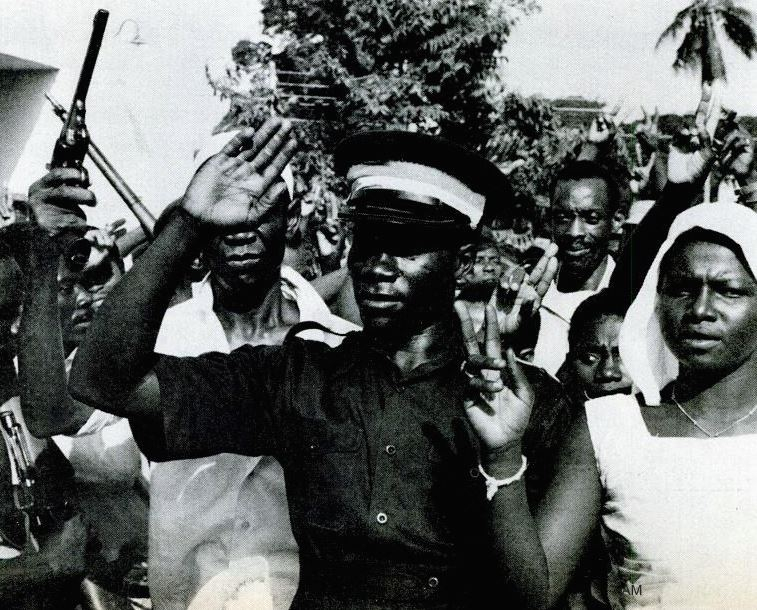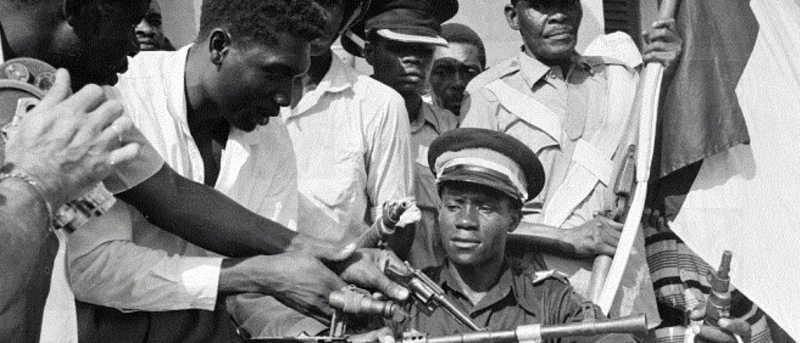The Zanzibar Coup
The sultan of Zanzibar, an island off the coast of Tanzania in Eastern Africa, passed away on August 25, 1896. The British under Basil Cave believed they could appoint Hamud ibn Mohammed as the next sultan because Zanzibar was a British colony and the sultan was simply a ceremonial head of state. Prince Khalid ibn Barghash, together with 1,000 soldiers and 2,000 civilian supporters, had different plans, and on August 26 he took control of Stone Town's royal palace.
He also brought a four-piece artillery battery and the Zanzibar ship Glasgow, a yacht on which some cannons had been installed. The British gathered 1,000 soldiers to remove him, but it was only a formality because the Prince's forces might have been bombarded by five British cruisers. Although they genuinely were awaiting official approval from London, they granted the Zanibar soldiers a day to submit. It was dismissed by the Prince as a bluff.
The warships proved conclusively the following day that they had not been playing a bluff. When the Glasgow swiftly sank and caught fire, it was clear why yachts are not traditional battleships. Only one British sailor was hurt, while the Zanzibar land and fleet collectively suffered 500 casualties. There are different accounts of how long it took the Prince to submit, but every one places the time considerably under an hour.
The Prince was transported away to German East Africa, where he remained free until 1916 when the British invaded the German territory and captured him, despite his brief but brutal stand. To Saint Helena he was delegated. He may have been the most quickly deposed national leader in history, but unlike Napoleon before him, he was permitted to go back to his country and live out the remainder of his days until 1927.












